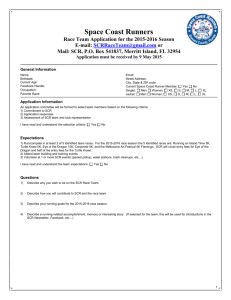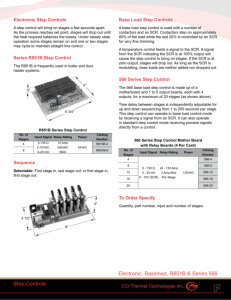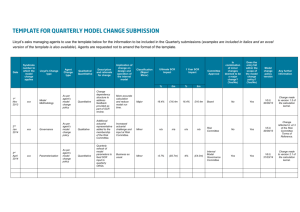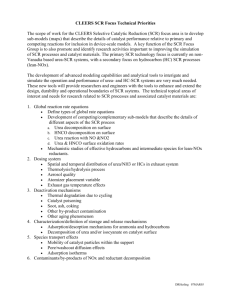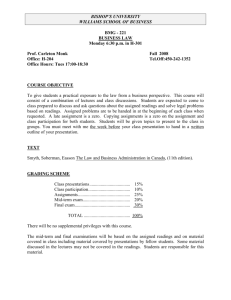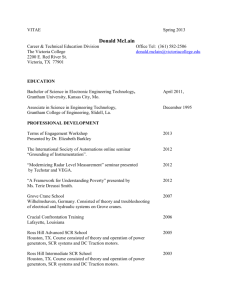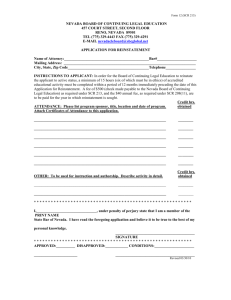Systems Analysis and Design
advertisement
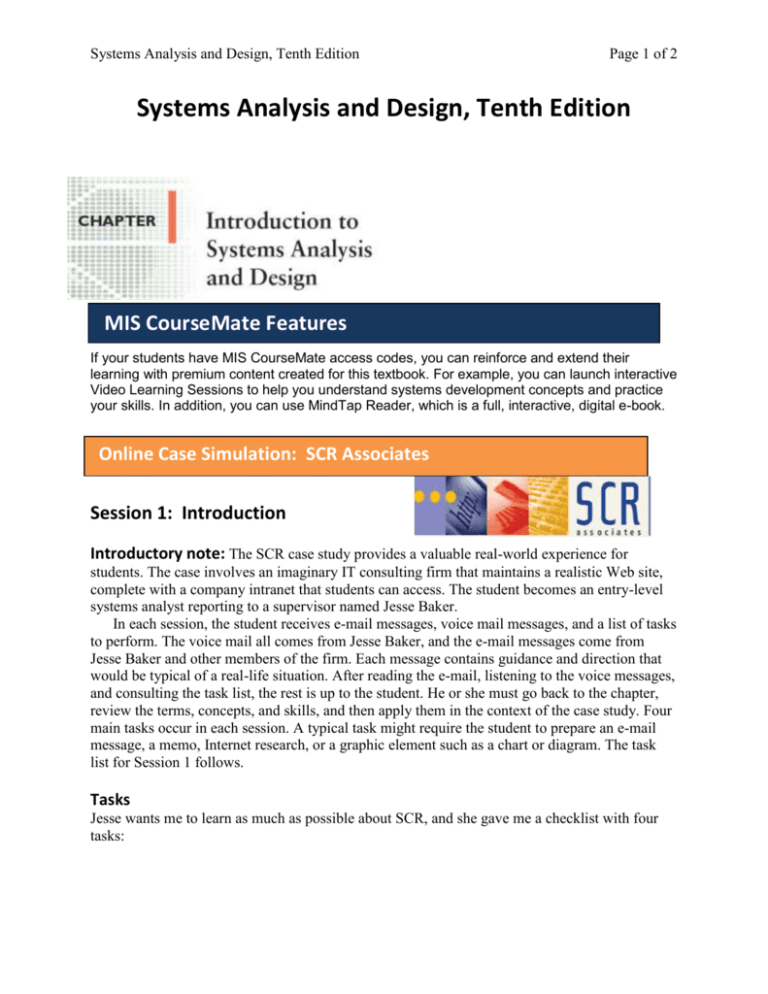
Systems Analysis and Design, Tenth Edition Page 1 of 2 Systems Analysis and Design, Tenth Edition MIS CourseMate Features If your students have MIS CourseMate access codes, you can reinforce and extend their learning with premium content created for this textbook. For example, you can launch interactive Video Learning Sessions to help you understand systems development concepts and practice your skills. In addition, you can use MindTap Reader, which is a full, interactive, digital e-book. Online Case Simulation: SCR Associates Session 1: Introduction Introductory note: The SCR case study provides a valuable real-world experience for students. The case involves an imaginary IT consulting firm that maintains a realistic Web site, complete with a company intranet that students can access. The student becomes an entry-level systems analyst reporting to a supervisor named Jesse Baker. In each session, the student receives e-mail messages, voice mail messages, and a list of tasks to perform. The voice mail all comes from Jesse Baker, and the e-mail messages come from Jesse Baker and other members of the firm. Each message contains guidance and direction that would be typical of a real-life situation. After reading the e-mail, listening to the voice messages, and consulting the task list, the rest is up to the student. He or she must go back to the chapter, review the terms, concepts, and skills, and then apply them in the context of the case study. Four main tasks occur in each session. A typical task might require the student to prepare an e-mail message, a memo, Internet research, or a graphic element such as a chart or diagram. The task list for Session 1 follows. Tasks Jesse wants me to learn as much as possible about SCR, and she gave me a checklist with four tasks: Systems Analysis and Design, Tenth Edition Page 2 of 2 1. Investigate SCR's Web site and learn about the company's history, purpose, and values. Is the site user-friendly? Why or why not? Provide at least four improvements you would suggest to Jesse. ANSWER: The SCR Web site includes realistic features, content, and links that allow students to learn about the company and its background. Encourage students to find examples of other IT consulting firms and compare them to the SCR site. This task could tie into Assignment 4, which requires Web research to find other firms. It would be helpful to get students interested in the SCR site’s design and navigation features before they start working on the case itself. Students with a background in Web design probably will have suggestions and comments to share with the class. 2. On the SCR intranet, visit the data, forms, and resources libraries and review a sample of the information in each library. What other libraries might be created? Suggest at least two to Jesse. ANSWER: This task provides an overview of the site and will give students a valuable introduction to the case study. If you have not done so already, this would be a good time to explain the main features of the case study, which include the SCR intranet, personalized e-mail messages, the reference libraries, and the task list for each session 3. Using the SCR functions and organization listed in the data library; create an organization chart using Microsoft Word, Visio, or a drawing program. Be sure to show your own position on the chart. Students can use the list of SCR functions and organization (Document 1-2 from the Data Library) to create an organization chart. A sample chart follows: Students need to complete Task #3 4. Jesse says that SCR has plenty of competition in the IT consulting field. Get on the Internet and find four other IT consulting firms. She wants a brief description of each firm and the services it offers. Also tell her which firm impressed you most, and why. ANSWER: Students should have little difficulty locating IT consulting firms. This would be a good topic for student reports and for actual visits to the online sites if computer resources are available in the classroom. You might ask students to critique each site using three factors: the amount of useful information, site organization, and aesthetics.


